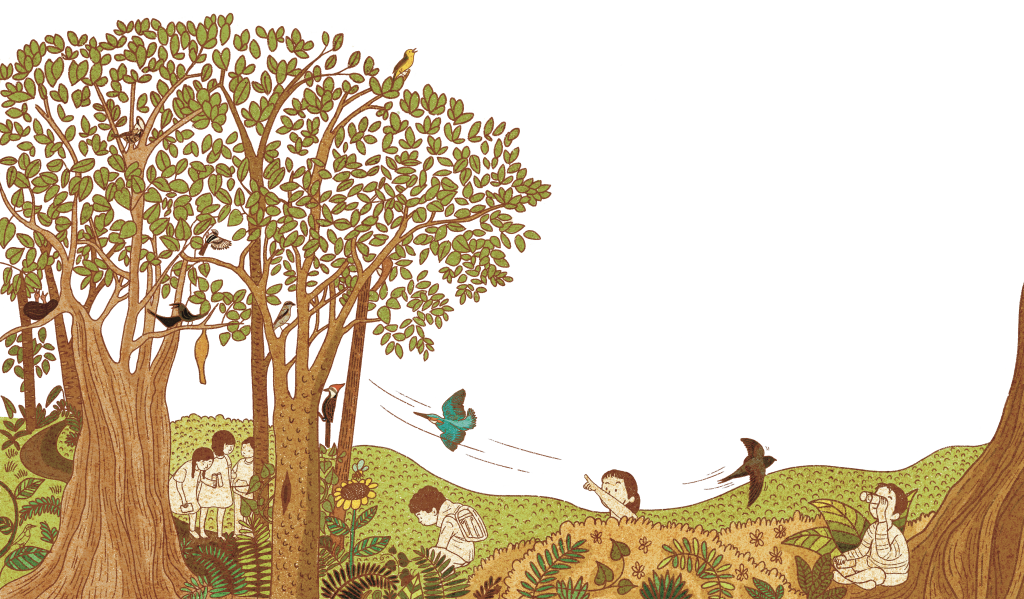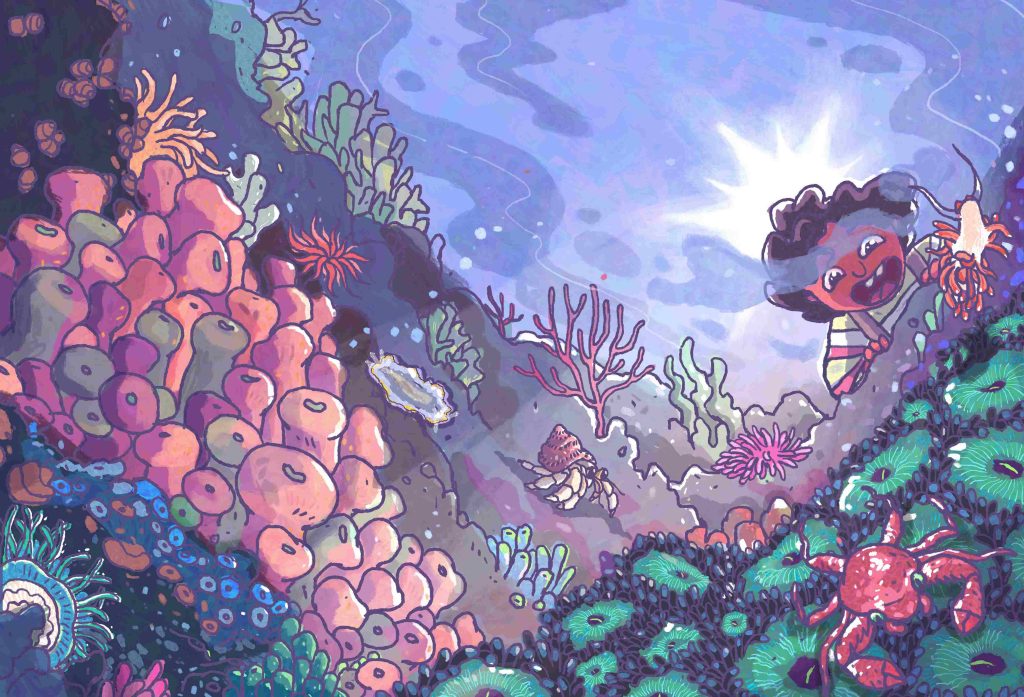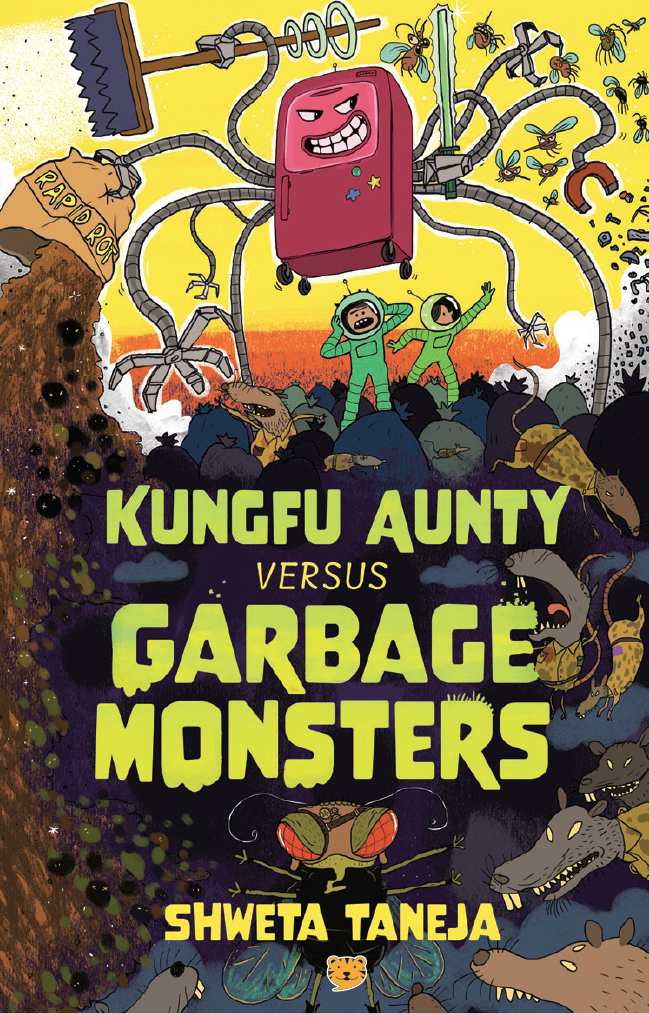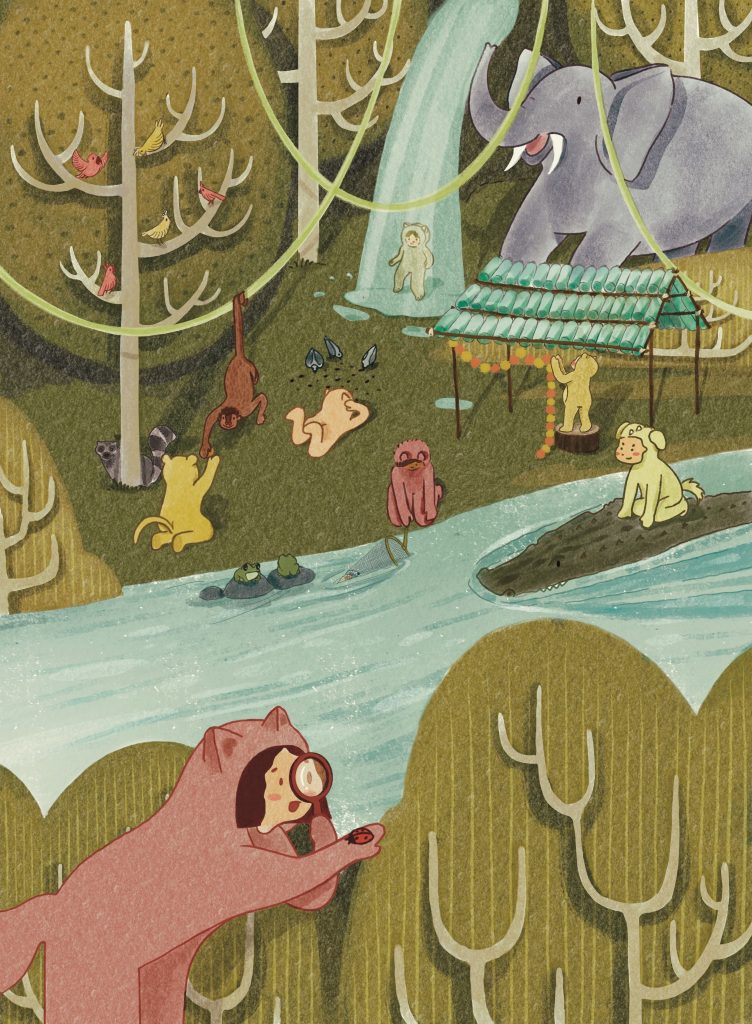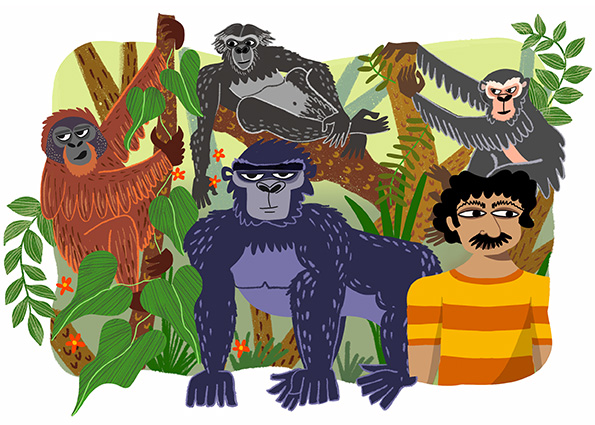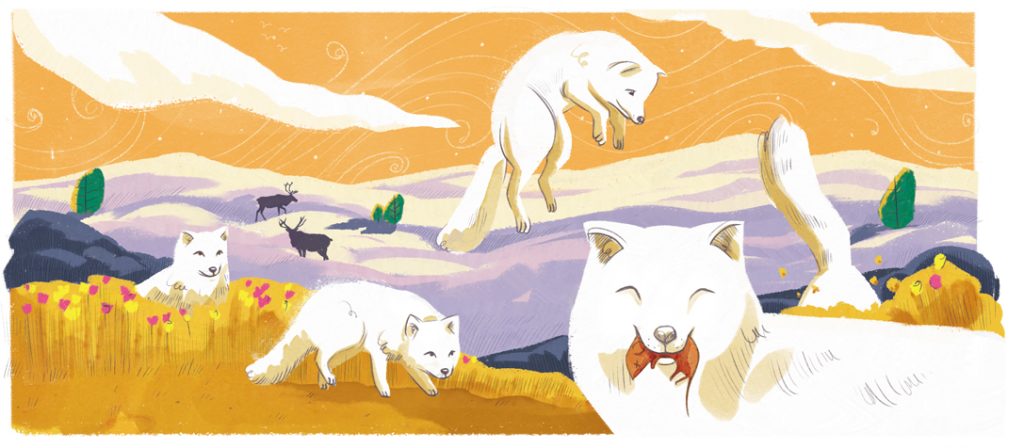Invertebrates amaze me. Animals without a backbone make up the majority of species on earth. Mostly we humans will admire the pretty ones, try to get rid of the annoying or dangerous ones, and hardly notice the rest. But once you start looking at them, especially under a microscope, the beauty and diversity is delightful. That’s when you start looking for them.
The first invertebrates I encountered as a child were the dead cockroaches I would collect off the kitchen floor after my parents had put poison down, the ants I would tease by directing where they could walk and the snails I would make houses for in the garden. Then came my big revelation. A trip to the woods with the “Museum Club” showed me that invertebrates, and all of nature, could be studied.
I became a community ecologist so I could understand why species occur where they do and how they interact with each other. Invertebrates are the perfect study animals for this. I can examine interactions between predators and prey, between animals that help each other, or those that compete against each other, all in a handful of leaf litter. I have been doing just that in my current research project to understand what speeds up the decomposition (or breakdown) of leaf litter and the release of nutrients for plant growth.
A few years ago I set up a litter bag experiment at two forest sites in New Zealand: Hauturu-oToi, an offshore island, and the Waitakere Ranges on the mainland. Litterbags are the method I use to understand how invertebrates influence leaf litter decomposition. I simply put a net bag containing a certain amount of leaf litter out in the forest. Several months later I collect the bag. Back at the lab, I measure how much the leaves have decomposed and then count the invertebrates which have found their way into the bags. These are the invertebrates that have influenced decomposition, directly or indirectly.
Days in the field are wonderful. My litter bags are located randomly through the bush and are usually reached by ‘bush-bashing’ or off-track navigation using a GPS.
I love picking my way through the dense tangle of trees, shrubs, climbers, and grasses, scrambling up and down steep slopes, wading across streams, and emerging into an occasional clearing or high point to feel the breeze and hear the not-so-distant sea. On Hauturu, birds and their song are an enchanting distraction. Near one of my plots, there is a tall Kauri tree that emerges above the forest canopy and my collections and measurements there are often accompanied by the haunting “Ko-ka-ko” call of the Kokako bird. Not so in the Waitakere Ranges though, where the unnerving silence of the bush is a reminder of the damage done to New Zealand’s native birds by invasive rats.
Time back in the lab can be just as exciting. The quality and diversity of the leaf litter itself impact how fast leaves decompose and the community of invertebrates that live in it. Identifying the hundreds of species of invertebrates from the litter bags has shown that a diverse community of invertebrates is more important for decomposition than any one species or group (even though some groups, such as amphipods, can really eat through the litter). I’m now using lab techniques to look at the feeding and genetic relationships between invertebrate species in the litterbags. I hope this can tell me how it is that diverse communities decompose litter faster, and what keeps those communities diverse.
Fun facts
A handful of leaf litter may look like just a collection of dead leaves with the occasional millipede, centipede, woodlouse, or earthworm visible, but hidden from view at a micro-level is an astonishing diversity of tiny invertebrates. Here are some fun facts about just a few of them. All of the species shown here are under 2 mm.
Springtails (Collembola) are so-called because they possess a spring or forked structure on the underside of their bodies used for jumping when the animal senses danger. It is usually held against the body, but if a predator is detected nearby, the spring is released sending the springtail flying out of harm’s way. These animals are very abundant in leaf litter and soil. They eat dead leaves and the bacteria and fungi that live in the leaf litter. Their poo provides food for micro-organisms that do most of the decomposition and springtails are also an important prey item for lots of litter invertebrates.
Mites (Acari)
Mites are the most numerous invertebrates living in the leaf litter and among the smallest. There are many groups that perform different roles in the food web. Here are just three of them:
The Oribatid mites are distinctive because most adults are very smooth, with a hard exoskeleton or outer body surface, making them difficult for predators to catch and eat. This is just as well since they are also slow-moving creatures, with slow development. They can take up to seven years to grow from eggs and larvae to nymphs and adults. Oribatid mites mostly feed on decaying leaves and fungi and are important decomposers.
In contrast, the Mesostigmatid mites are active predators, searching through the leaves and soil pores to find small invertebrates including Collembolans, softer-bodied mites, and mite nymphs. Rather than eating their prey whole, they inject digestive fluids into their prey and then suck up the dissolved tissues.
Prostigmatid mites are more likely to be an ambush or sit-and-wait predators. Some have developed ingenious ways to catch their prey. For example, the Bellidae or Snout mites produce strands of sticky silk from glands in their mouth to entangle their prey and stop them from escaping.
Beetles (Coleoptera)
Hidden in the leaf litter are a diverse subfamily of tiny beetles called the Pselaphinae, pronounced sel-a-feen-eh. These specialised predators eat mostly collembolans and mites. Living in the leaf litter, they are not visual hunters but use the hundreds of hairs on the tip of their antennae to detect prey using smell and touch. Their touch can be so delicate they do not trigger the escape response in Collembola. Many species will grab hold of their prey using sticky structures on their maxillary palps (one of several mouthparts) and a sticky substance they produce.
